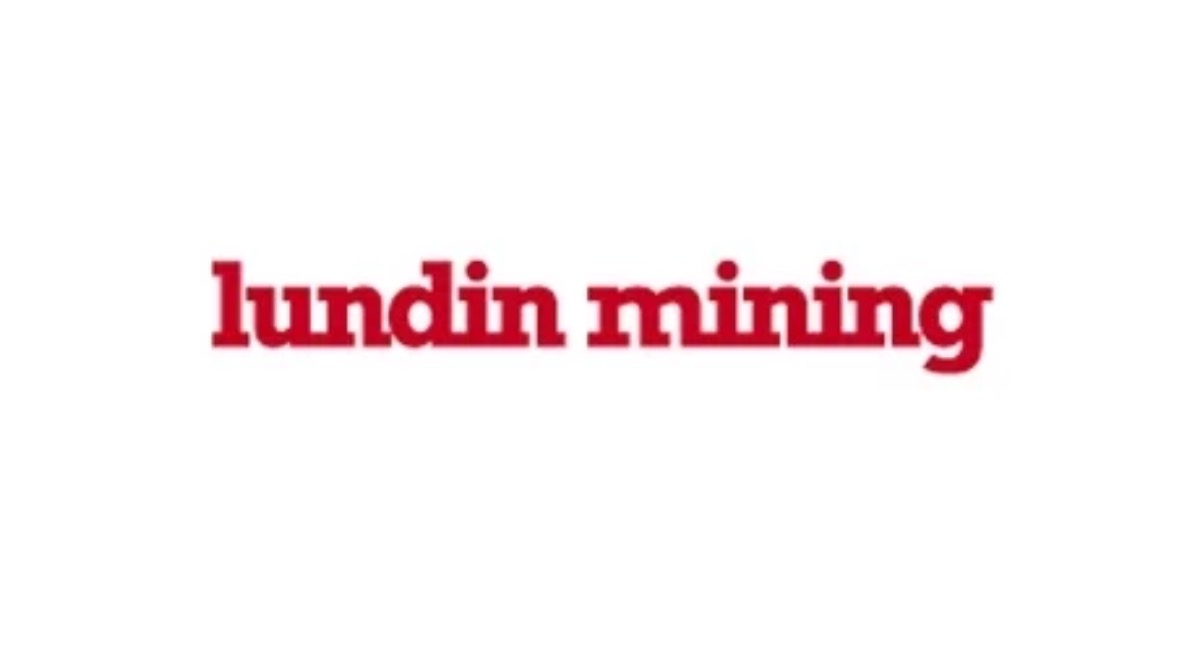For over fifty years, the so-called “low-volatility anomaly” has quietly challenged a core belief in investing: that more risk should mean more reward. But time and again, data has shown that stocks with lower price swings often deliver better risk-adjusted returns than their more volatile counterparts.
Now, with normalized interest rates, inflated valuations, and a market dominated by mega-cap tech, investors are asking: does this anomaly still hold up? And if so, how can it be used wisely—without stepping into the common traps?
Let’s walk through what we know today, blending recent research, ETF performance, and on-the-ground perspectives—like the approach used by Chris Heakes at Harvest ETFs—to explore how low-volatility investing fits into a modern portfolio.
Rethinking Risk and Return: What Traditional Models Miss
The Capital Asset Pricing Model (CAPM) says that higher beta—basically, more market exposure—should earn you a higher return. But the market has long had other ideas.
Robeco puts it simply: “The low-volatility anomaly... shows that stocks with low risk deliver higher returns than stocks with high risk. This contradicts one of the main predictions of CAPM.”1
This isn’t a one-off phenomenon. It’s been observed in developed and emerging markets alike, and it’s persisted through booms, busts, and everything in between.
What’s Really Behind the Anomaly?
Several forces, both psychological and structural, seem to drive this persistent pattern:
- Investor behavior: People are drawn to flashy, high-volatility stocks, hoping for jackpot wins—often overpaying in the process.
- Structural limits: Big institutions can’t always use leverage, making it hard for them to boost low-volatility exposure effectively.
- Factor overlap: Many low-vol strategies end up tilting toward value or momentum factors, giving them an extra performance edge.
- Market regime shifts: These strategies can fall out of favor when growth stocks dominate, as many low-vol names tend to have a value tilt.
As Robeco notes, “Low-volatility stocks often behave like value stocks. When growth stocks outperform, this may hurt the performance of low-volatility portfolios.”
What the Numbers Say (2015–2024)
Here’s how the main low-vol ETFs stacked up against the S&P 500 over the past decade:
|
ETF |
Annual Return |
Volatility |
Sharpe Ratio |
|
SPLV |
9.5% |
12.7% |
0.63 |
|
XRLV |
10.9% |
14.0% |
0.67 |
|
VOO (S&P) |
14.3% |
15.5% |
0.82 |
Source: Alpha Architect Backtest (2015–2024)2
While these funds delivered smoother rides, they lagged the S&P in total return—mostly because of the strong performance in high-growth sectors like tech. Still, in turbulent times like 2022, low-volatility ETFs held up far better, losing around 5% while the broader market dropped nearly 18%.
How to Avoid Common Pitfalls
Low-volatility investing isn’t plug-and-play. Without thoughtful design, these portfolios can become concentrated, inflexible, or misaligned with shifting market dynamics.
One example of an adaptive approach comes from Chris Heakes and his team at Harvest ETFs. Their strategy reflects a broader set of tools used by some managers to reduce risk while maintaining upside potential:
1. Use More Than One Risk Lens
Instead of just tracking past price swings, some managers add forward-looking tools like implied volatility. “We use beta, historical volatility, and implied volatility to identify low-risk stocks, as well as fundamental metrics. The result is a more robust and holistic methodology,” says Heakes.
2. Keep the Portfolio in Check
Many funds cap individual holdings (e.g., 4%) and rebalance semi-annually to prevent overexposure. Screening for fundamentals—like healthy balance sheets, cash flow, and dividends—also helps avoid hidden risks. “Low risk should not mean low quality,” Heakes adds.
3. Stay Flexible and Active
Markets don’t stand still, and neither should your portfolio. Active oversight helps ensure that the risk profile evolves with the market. “The risk profile and a disciplined approach stays aligned with current market dynamics,” says Heakes.
4. Income Through Options
Covered call strategies can boost income and soften downside, especially during sideways markets. These strategies are often applied to only part of the portfolio and use out-of-the-money strikes to preserve growth potential.
5. Focus on What Matters: Downside Risk
Rather than minimizing all volatility, some strategies now prioritize limiting downside—where investors feel the most pain. “Managing the downside helps enables clients to stay invested,” Heakes notes.
6. Be Wary of Overcrowding
When too many investors chase the same low-volatility names, valuations can stretch. To offset this, some managers balance defensive positioning with exposure to select growth names. As Heakes puts it, “We want our portfolios to hold up in storms—but also sail when the wind is right.”
Where It Fits Today
Low-volatility investing isn’t a cure-all, but it can play a meaningful role in portfolio construction when paired with thoughtful strategy. A few takeaways:
- Blend it with other factors like value, quality, or momentum to build a more complete picture of risk and return.
- Be macro-aware. Interest rates and inflation shifts can impact how these strategies perform.
- Look globally. The anomaly often shows up more strongly outside the U.S.—in markets like Europe, Japan, and emerging economies.
And it’s worth remembering: volatility isn’t the same as risk. True risk is permanent capital loss—not just a bumpy ride.
Final Thought
The low-volatility anomaly still holds water—but it demands careful execution. With proper screening, diversification, and flexibility, it can help investors aim for steadier returns and fewer surprises along the way.
As Chris Heakes says, “The goal is to stay invested—without the whiplash.”
Footnotes:
1 "Low volatility anomaly | Robeco Global." Robeco, 9 Dec. 2024.
2 Swedroe, Larry. "Improving Low Volatility Strategies." Alpha Architect, 26 Dec. 2024.
Copyright © AdvisorAnalyst















